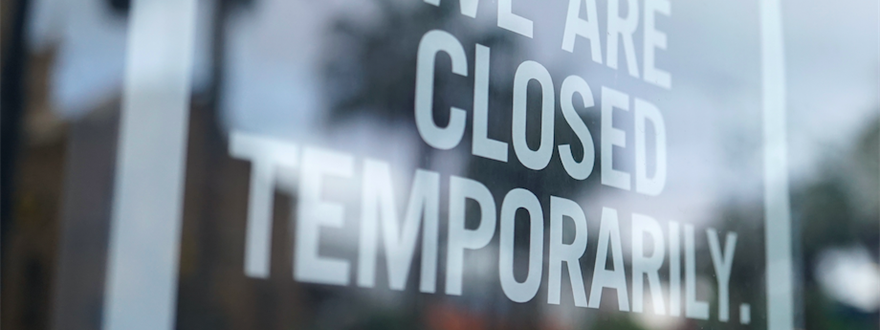April 2020 Update on The Job Retention Scheme - Don't fall foul of Furlough!
Posted on 7th April 2020 at 11:34
HMRC have updated their guidance on the Job Retention Scheme (JRS). We have highlighted some of the key updated areas covering:
• More detailed information of scheme eligibility
• Further information on how to calculate a claim
• Clarification of what constitutes wages
• Information you will require to submit a claim
The Key Changes
In the eligibility criteria, the guidance states that the JRS is for “those businesses severely affected by COVID-19”. Some of the other points we would draw your attention to are:
The scheme can be used at any time between 1st March to 31st May but may be extended
Employers are “free to consider allocating critical business tasks to staff” – but revenue generating activity will prohibit a claim.
The scheme is open to all individuals being paid through PAYE, not just employees. Directors, Salaried LLP members, Agency Workers, Limb (b) workers are all eligible
Note re: Directors “Where one or more individual directors’ furlough is so decided by the board, this should be formally adopted as a decision of the company, noted in the company records and communicated in writing to the director(s) concerned”
Note re: Salaried LLP Members “To furlough a member, the terms of the LLP agreement (or any such agreement between the LLP and the member) may need to be varied by a formal decision of the LLP”
Furloughed workers are being encouraged to train whilst off however Government will require that the employee does not generate income for their employer in order to be eligible. The employer would not need to top the 80% up, unless of course the relevant NMW level were to be breached for the hours spent training.
Employers must write to employees, and employees must confirm their agreement formally. This should remain on personnel records for 5 years.
Grants are prorated if furloughed during a pay period.
Claims should be made from the date the employee stopped working, not the date they were written to or the decision was made to furlough.
The 80% claim covers “regular” payments employers are obligated to make. This includes wages, part overtime, fee and compulsory commission payments but excludes discretionary payments and commissions.
BIK’s and Salary Sacrifice reductions should not be included in the claim calculation.
Covid-19 has been classified as a life event allowing an employee to withdraw from a salary sacrifice scheme
Whilst the portal is not live, Government have outlined the following will be required in order to make a claim, HMRC have the right to audit the claim being made:
PAYE reference number
the number of employees being furloughed
the claim period (start and end date)
amount claimed (per the minimum length of furloughing of 3 consecutive weeks)
bank account number and sort code
contact name
phone number
The minimum furlough period is three consecutive weeks. Staff can be taken off furlough and it can be used multiple times but each furlough period must last at least three weeks. Care would presumably therefore need to be taken with staff being furloughed in the weeks prior to 31st May 2020, as the conditions technically wouldn’t be met if they were furloughed for a shorter period than three weeks, as noted above.
The grant will be taxable to Corporation Tax or Income Tax as necessary, and the associated employment costs would be tax deductible.
Government have also clarified employees are free to get another job whilst on furlough so long as their contracts do not prohibit this. If employee do this, it will not affect the grant application.
This information is given as guidance only. Please contact your Humber HR Consultant, or email hello@humberhrpeople.co.uk for a free 30 minute bespoke conversation on how these new rules affect your business.
Share this post:




